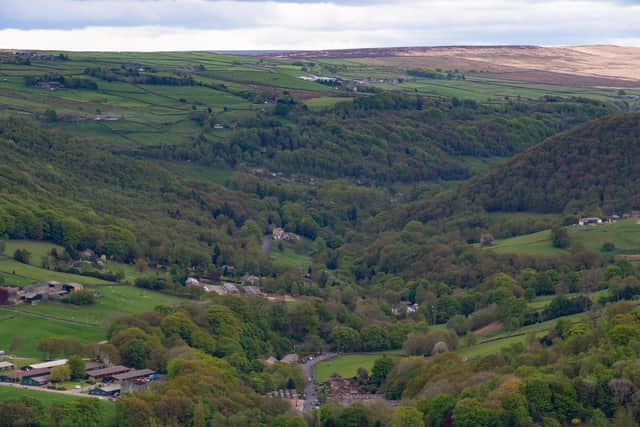Cragg Coiners: Agricultural building to be created at home of 'King' of the Cragg Coiners
Calderdale Council planners have green-lighted proposals to demolish a storage building to allow an agricultural building to be built in its place at Bell House, Cragg Lane, Cragg Vale. The Grade II listed farmhouse itself dates back to the 17th century with mid-18th century features and was the home of David Hartley, the “king” of the coiners. Their story, novelised by Bejamin Myers, is soon to be subject of a BBC television drama directed by This Is England director Shane Meadows called The Gallows Pole after the book’s title.
The coiners “clipped” coins, using the gold shavings to forge new ones in the 18th century, the tumultuous story seeing David Hartley executed at York in 1770 for his role. David is buried in the old Heptonstall churchyard just a few miles away. Planners agreed Mr B. Wakefield’s proposal will help improve the site in the 21st century, with the land being designated a site of special scientific interest (SSSI).
Advertisement
Hide AdAdvertisement
Hide AdThe new building, which will be some distance away from the listed farmhouse, will be modest in size, replacing ones too small for agricultural use which are falling into disrepair, say supporting planning and heritage statements. The replacement will be more functional, will be used for storing agricultural equipment and to house a small number of livestock in agreement with Natural England, which controls use of SSSI land.


The site lies in the Green Belt and is towards the edge of Broadhead Clough SSSI. No representations were received on the plans and Hebden Royd Town Council had no objections. A submitted supporting statement said the building will also house the applicant’s and neighbours’ water supply, currently housed in one of the wooden buildings. At the present time there are no details about the type of livestock which would be used for conservation grazing however, it is likely to be relatively low numbers and constitute hardy breeds suitable for the locality, planners heard.
The application is acceptable subject to some planning conditions, planning officers concluded.